The term “still life” describes a work of art that shows inanimate objects from the natural or man-made world, such as fruit, flowers, dead game, and/or vessels like baskets or bowls. Looked at another way: still life’s depict things that are “still” and don’t move. Still life is a genre that spans art history. Most still life’s can be placed into one of four categories: flowers, banquet or breakfast, animal(s), and symbolic
Now usually, when fresh food is used, the still life symbolism signifies abundance, riches, and the bounty of the upper class. When the food was depicted as decaying, it serves to show us our own mortality and eventual death. Still life drawing is a great way to build essential drawing skills like hand-eye coordination, creating shadow and perspective, and noticing finer details. If you know a creative mind who wants to start learning art, a drawing class experience gift may be perfect for them.
Renaissance Still Life
During the Middle Ages and into the Early Renaissance period, Still Life painting accompanied religious artworks as supplementary stylistic elements with symbolic meanings. These were usually painted in the backgrounds of religious paintings as well as on other artistic works like illuminated manuscripts, which were seen in Northern Renaissance and Early Netherlandish paintings.
Other artists like Leonardo da Vinci and the German painter Albrecht Dürer painted Still Life’s without religious symbolism. For example, Still Life paintings were done of various natural objects of fauna and flora.
Dutch Still Life
Still Life painting started as a genre in the Netherlands, or what was termed as the Low Countries, which comprised of Belgica, Flanders, and the Netherlands. The Dutch Golden Age was a result of Dutch independence from Spain, which led to the Dutch Republic being born. Still Life was especially prominent as a painting style during this time, especially paintings of flowers.
The Protestant Revolution also minimized the production of religious artworks, which led the way for other types of genres of painting to be explored. Still Life paintings were favoured because they depicted the everyday scenes of people and their lives and had inherent symbolic meanings from various objects. This branched into what was called “Dutch Realism”.
Modern Still Life
Modern Still Life prevailed during art movements like Impressionism and Post-Impressionism. Notably, during Post-Impressionism, Vincent van Gogh brought Still Life painting to life with his expressive and flower and vase paintings. An example of this includes his piece, Sunflowers (1889).
During the Cubist art movement, popular artists like Pablo Picasso and Georges Braque created Still Life paintings in their characteristic abstract and cubic style. An example of this is in Picasso’s Large Still Life (1881 to 1973) and Braque’s Still Life with Metronome (1909).
Still Life Photography
A still life is a work of art that focuses on inanimate subjects. Usually, the subjects are commonplace objects. That can include both manmade objects (such as vases, items of clothing, and consumer products) and natural objects (like plants, food, rocks, and shells).
Still life photography makes it easy to experiment. In contrast to portrait and landscape photography, you don’t have to deal with live models, and you don’t have to search out an interesting location or photo opportunity. Instead, you can create your own interesting composition using common objects you have or find nearby.
It gives you the opportunity to experiment with light, materials, textures and subjects in a controlled setting. Whatever your creative vision and artistic goals, still life is a great place to start. Still life photography essentially comes down to the study of lighting, the way rays of it interact with your object, create or eliminate shadows, and help you tell its story. Depending on your object’s surface, shape and size, the light can have different effects on it, so the best way to start is to just experiment with it all.
What to focus on when making a still life image:
- Different Lighting
- Camera angles
- Focus and Depth of field
- Adding motion
- Good set up
- Clarity of images
Image Analysis
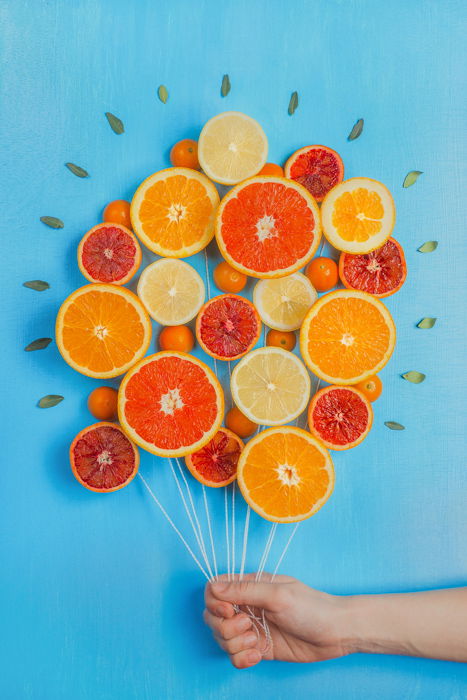
This image is filled with many different aspects, the best being the composition of this photograph, with there not being many different objects in the image, they are all the same yet look very different, with the many different forms of oranges it shows how creative you can be with just one material. Furthermore, I think that the blue background really makes the oranges stand out, as they are opposing colours on the colour wheel meaning that it creates lots of contrast within the photograph. Additionally, I think that the fact that the oranges have been created into a shape of many balloons, shows that when it comes to still life photography any material can be adapted and this created an interesting and unique focal point for the photograph. However, I think this image could be seen as too vibrant, despite this being eye-catching I think that the composition could have been better if it was filled with many smaller balloons.

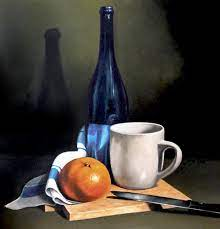
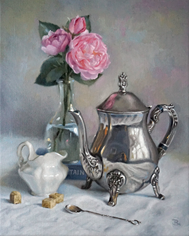

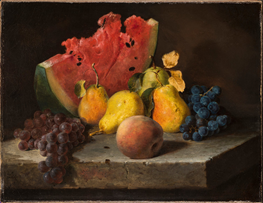
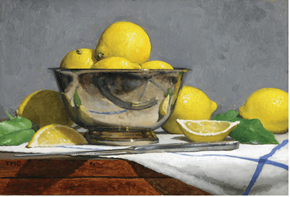
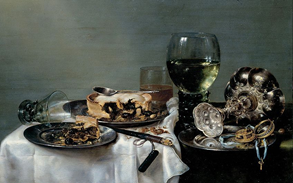
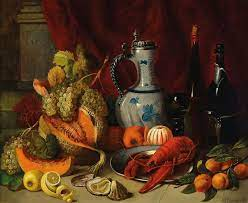




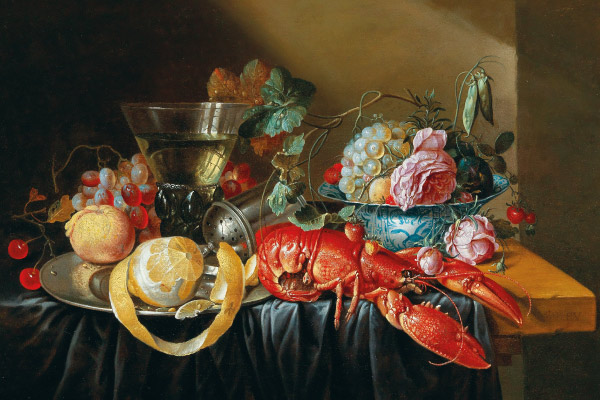





You seem to have caught up with most of the work that was missing – well done! The quality of your blog post is good too. Did you make any images in the studio of still life arrangements in response to the historical research the genre – if so, produce an new blog posts with process and selection of the best images